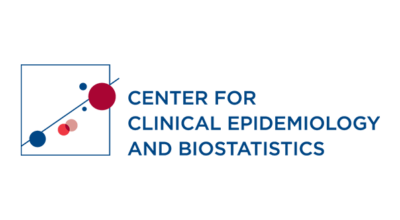Causal Inference
Causal reasoning is essential at every stage of research, from design to analysis and interpretation. With the ability to link complex data sources—like electronic medical records, health claims, imaging, and high-throughput biological data—come new challenges that necessitate advanced causal inference methods. Our faculty, students, and post-doctoral fellows working in biostatistics and epidemiology are developing innovative causal inference techniques to address diverse research questions. We focus on cutting-edge methods including instrumental variables, Bayesian models, semiparametric theory, propensity scores, machine learning, and dynamic treatment strategies. Our expertise supports numerous multidisciplinary collaborations within the Perelman School of Medicine and beyond, spanning fields such as cancer, chronic kidney disease, genetics, health policy, and pharmacoepidemiology.





















